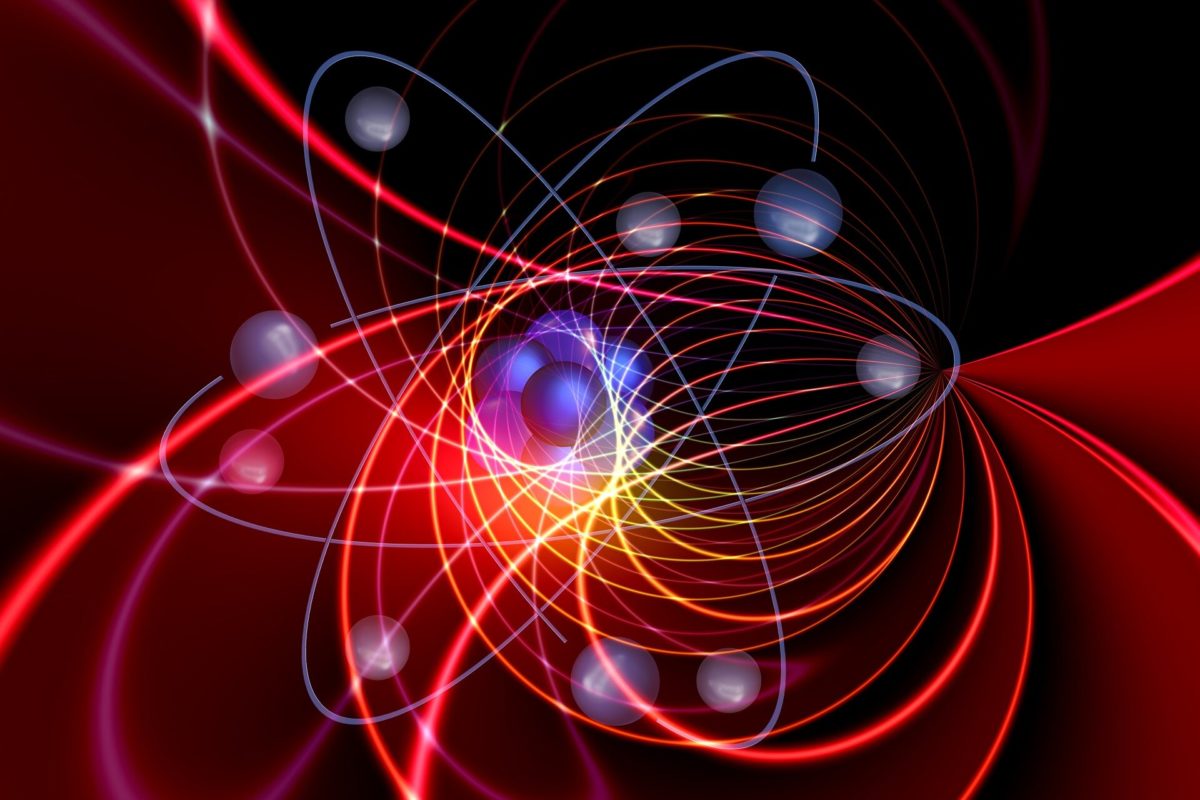Physics
Quantum Vacuum- A Comparison with the Classical One
Prof.Somenath Chakrabarty
Department of Physics, Visva-Bharati, Santiniketan
During early 1900, when Dirac solved the negative energy problem of relativistic version of quantum mechanics, he introduced the concept of quantum vacuum, which is also known as physical vacuum. In his formalism, the physical vacuum was proposed to be an infinite sea of negative energy states. These states are occupied by a particle and its corresponding anti-particle. In his original version, they are electron and positron pairs. The quantum vacuum is therefore not the vacuum of nothingness. Using this formulation, he explained the creation of electron positron pair from high energy gamma photon. In reality, the high energy gamma photon pulls out electron positron pairs from physical vacuum. Similarly, the annihilation of electron positron pairs could also been explained. Later with the development of Quantum Field Theory, which is nothing but the many body quantum mechanics, the vacuum states for all kinds of elementary particles was introduced. So the quantum vacuum is not really vacuum of nothingness, but filled up with all kinds of elementary particles and their anti-particles. There are vacuum states for the particles whose anti-particles do not exist. Not only that, there are photons (radiation) also. Recently people are taking about dark matter in the vacuum states. The constituents of dark matter interact with normal matter by gravity only. High energy experimental physicists also proposed to detect dark matter by high energy experiment. They will show missing mass.
Therefore quantum vacuum is physically quite different from classical one. In classical concept, the vacuum is nothingness. Here is an example of classical vacuum. Take a glass tube of length one metre, whose one end is open. Fill it up with Mercury and put the open end on some pot containing mercury. Make an arrangement so that the tube can be kept vertically. It will be observed that the mercury column will rise upto about 76 cm. The top of the tube, where there is nothing is the classical vacuum. The quantum vacuum is called Dirac’s vacuum and the classical vacuum is called Torricelli’s vacuum. Finally, we have access to classical vacuum but not to quantum vacuum. The later exists in quantum world.



